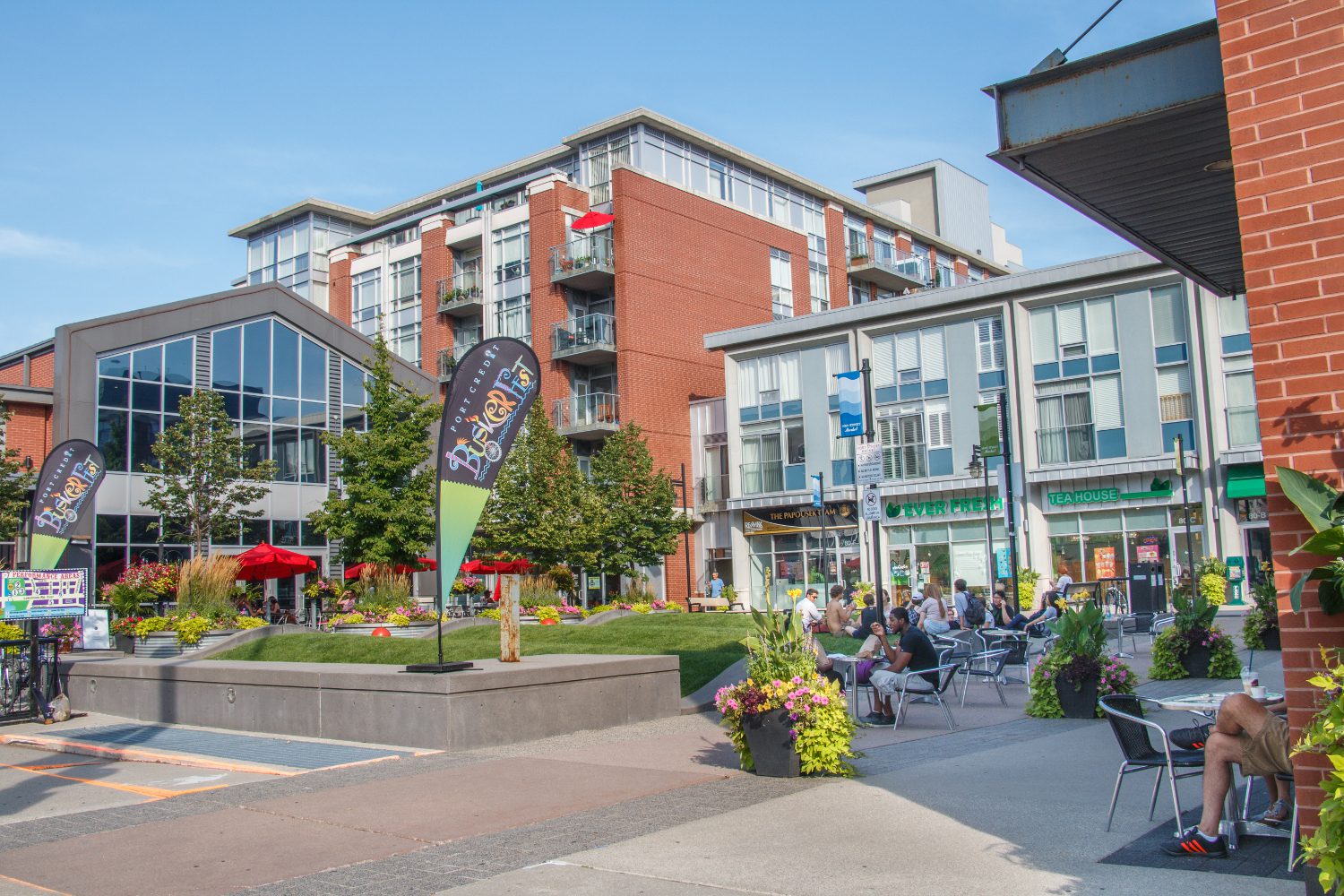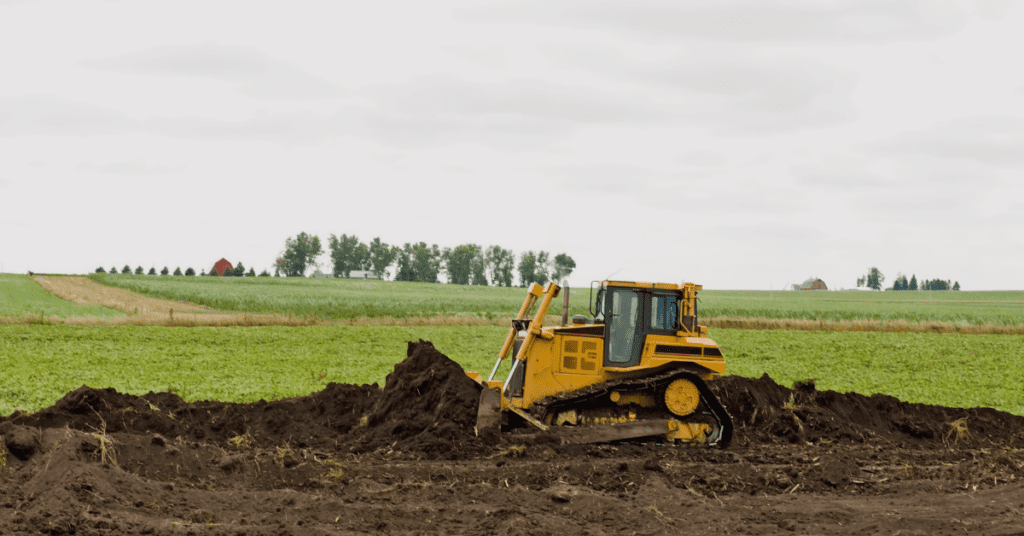It is possible to fight the Big Sprawl in the Greater Golden Horseshoe, because each step of the mandatory Lands Needs Assessments Methodology hangs either on uncertain inputs, (opening up a broad band of discretion rather than prescribing a single answer) or else hangs on inputs that can be controlled or influenced by municipalities themselves.
Because municipalities, and not the province control the capacity of existing neighbourhoods to absorb new homes and workplaces, it is entirely possible for every municipality to conform with the Land Needs Assessment Methodology without expanding Settlement Area Boundaries.
While they do not provide the sort of clear mandate for intensification that they should, the Land Needs Assessment Methodology and Growth Plan for the Greater Golden Horseshoe do not technically prevent each region from taking measures to ensure all projected and actual demand for single- and semi-detached homes is accommodated within existing neighborhoods, and existing built-up and industrial areas. In fact, there is ample capacity within every GTA region’s existing built up urban areas to accommodate even the inflated projections of demand for single- and semi-detached homes that have been provided by consultants.
First, the major barriers to accommodating all projected growth within existing neighborhoods and built-up areas are counterproductive municipal land use policies designed to prevent significant new housing from being added to existing neighborhoods. It is certainly within the jurisdiction of municipalities to change their own zoning to make gentle intensification both legal and economically feasible and thus ensure that housing demand can be met without settlement area boundary expansion..
Second, it is clear that the vast majority of GTA and Greater Golden Horseshoe post-war neighborhoods need the extra people and jobs they would gain by absorbing the next 30 years worth of new residents. That is because these neighborhoods currently lack the densities and the mix of uses (~100 people and jobs per hectare) that we see in successful low-rise residential GTA neighborhoods where most people can rely on transit and other active transportation to get around. The gap between present and active transportation-supporting densities can be used as a ball-park estimate of a neighborhood’s minimum capacity to accommodate more residents and jobs.
Third, this theoretical capacity or need for intensification in existing car-dependent, post-WWII neighborhoods can be accomplished in practice with the right mix of municipal policies – and squarely within the window of what is politically feasible.
If they choose, Greater Golden Horseshoe municipalities can accommodate demand for housing without removing the predominantly “low-rise” of existing residential streets, and without more disruption than is already happening. Subdivisions first developed in the mid to late 20th century are already being redeveloped rapidly, with modest, historically middle- or working-class bungalows being converted into large, expensive mansions. It is entirely within the power of Greater Golden Horseshoe municipalities to alter the path of least resistance in existing neighborhoods so that it leads to a larger number of modestly sized homes (e.g., semi-detached or townhomes) rather than to more floor space that does not accommodate more families.
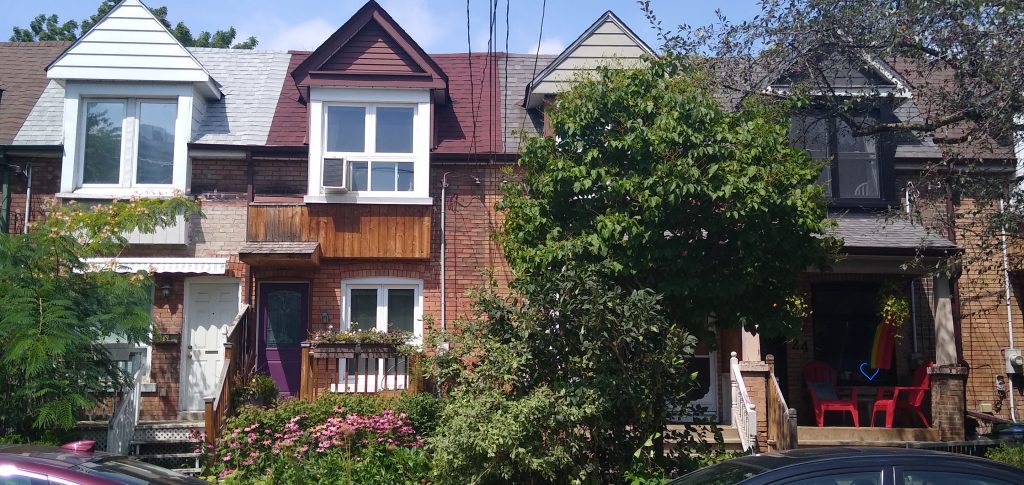
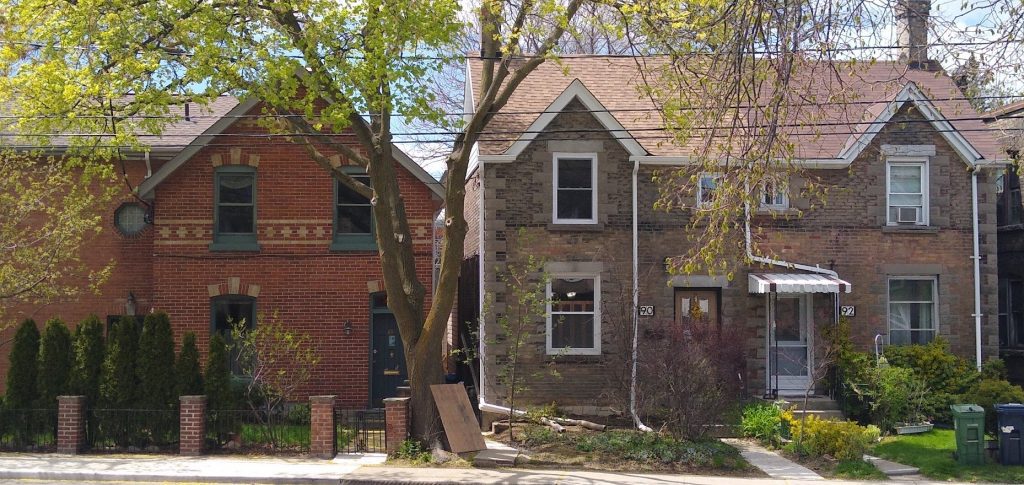
Separately, contrary to earlier advice given to GTA-area municipalities, even the government’s consultants now acknowledge that laneway and garden suites constitute separate single-detached units for the purposes of the Land Needs Assessment Methodology. This means that a large amount of demand can be absorbed by designing bylaws and laneway and garden suites policies which maximize the number of existing residential lots where they are permitted, which incentivize their construction, and which allow them to be constructed in cost-effective ways.
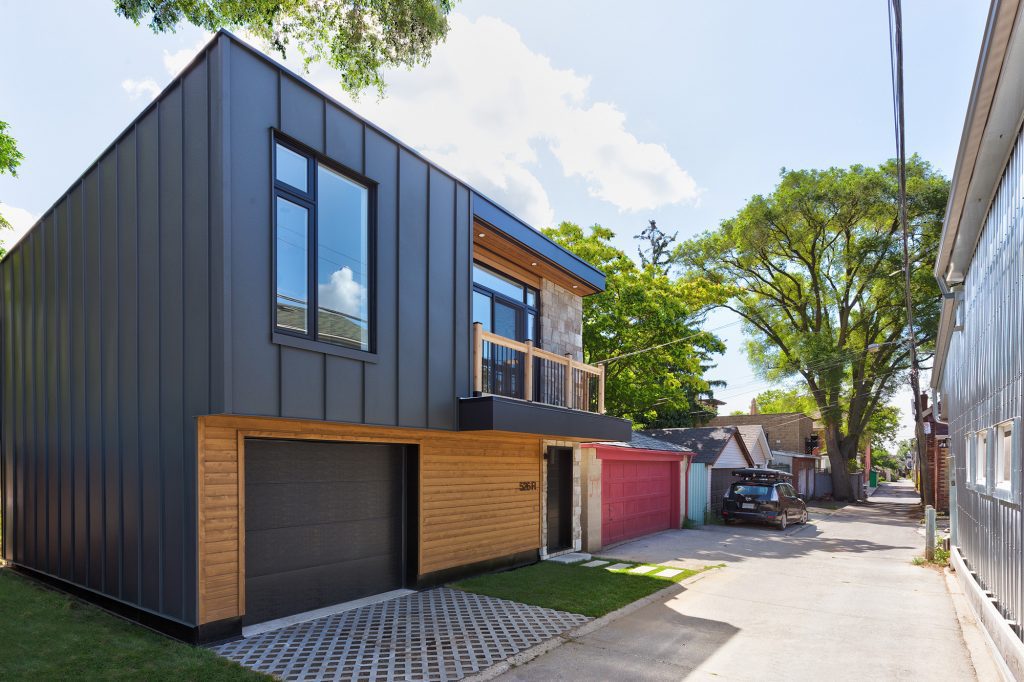
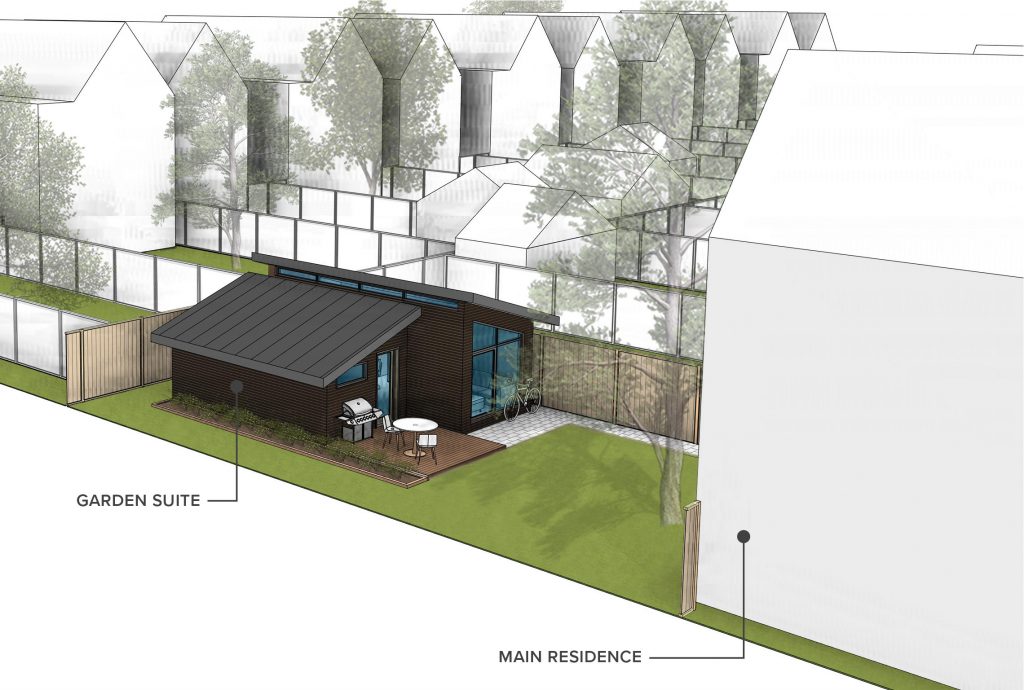
Contrary to what is often assumed, recent polling shows that 73 per cent of residents in existing neighborhoods across the GTA support adding more single- or semi-detached homes, and garden suites, to their own immediate neighborhoods.
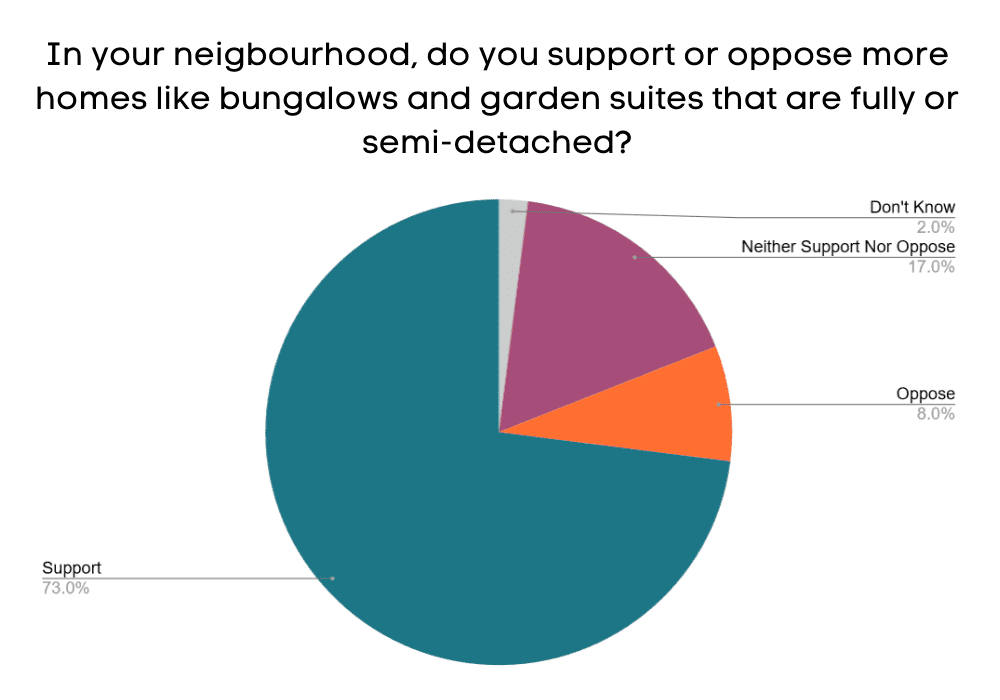
Polling also showed that 63 per cent of residents in existing neighbourhoods across the GTA support more homes in buildings one to three stories tall in their neighbourhood.
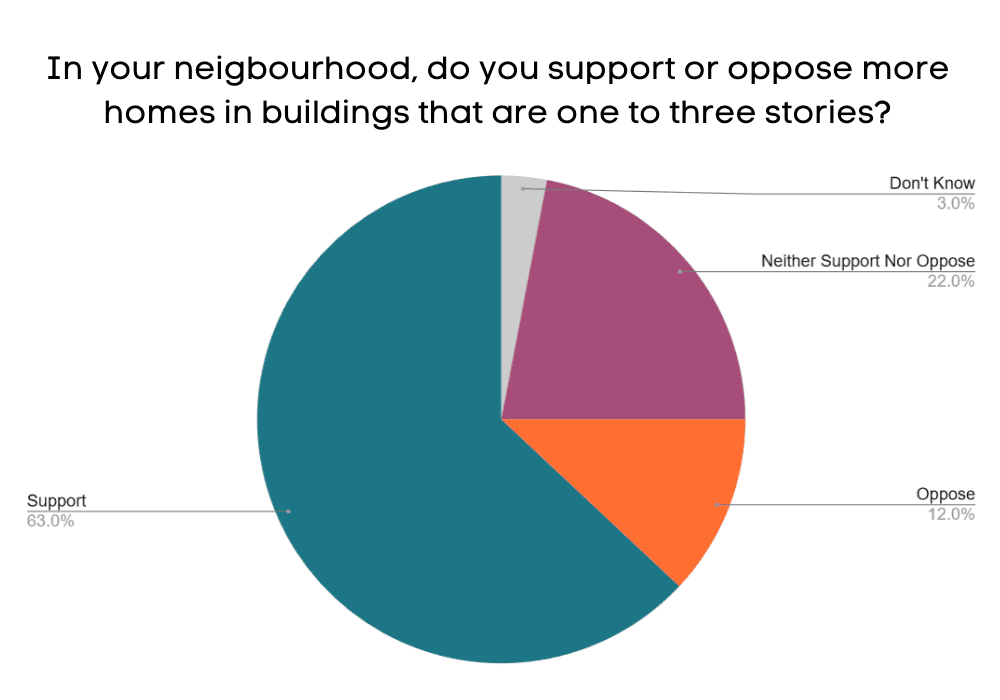
As well, more that half of residents in existing neighbourhoods across the the GTA support building more homes in their neighbourhood in buildings that are four to six stories tall.

It is essential that Councils in every GTA and Greater Golden Horseshoe region face up to the choices that rest in their hands. As the conformity deadline is after the next election, it isn’t at all clear that regional municipalities will ever be required to push forward with their present conformity exercises. However, even if they are, it is elected officials – not the Land Needs Assessment Methodology, not consultants, and not staff at the Ministry of Municipal Affairs – that will decide whether to barrel ahead with more obsolete sprawl, or to use what may be their last best chance to fix existing neighborhoods and improve their quality of life long-term.
This was the 4th part in a blog series about How to Fight The Big Sprawl in the Greater Golden Horseshoe. You can read the other three parts at the links below.
Part 1: Unlocking the uncertainties in the Lands Needs Assessment Methodology
Part 2: The future number of households is uncertain
Part 3: Future housing preferences are uncertain and driven by policy




